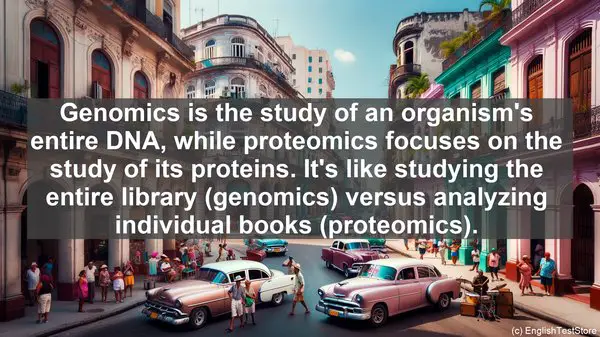Introduction
Welcome to today’s lesson on plant molecular genetics. In this lesson, we’ll be discussing the top 10 commonly confused words in this field. Understanding these terms is crucial for your studies, so let’s dive in!
1. Gene vs. Allele
While both terms refer to units of heredity, there’s a distinction. A gene is a specific segment of DNA that codes for a particular trait, while an allele is a variant of a gene. Think of genes as chapters in a book, and alleles as different editions of that chapter.
2. Genotype vs. Phenotype
Genotype refers to the genetic makeup of an organism, the combination of alleles it possesses. Phenotype, on the other hand, is the observable physical or biochemical characteristics resulting from the interaction between genotype and the environment. Genotype is like the blueprint, while phenotype is the actual building.
3. Homozygous vs. Heterozygous
These terms describe the presence of either identical or different alleles at a specific gene locus. Homozygous means having two identical alleles, while heterozygous means having two different alleles. It’s like having two copies of the same book or two different books on a shelf.
4. Dominant vs. Recessive
Dominant alleles are expressed in the phenotype, even if there’s only one copy. Recessive alleles, on the other hand, are only expressed if there are two copies. It’s like having a strong-willed leader (dominant) versus a shy follower (recessive).
5. Mutation vs. Polymorphism
Both terms refer to variations in DNA sequences, but there’s a difference. A mutation is a rare, usually harmful change, while a polymorphism is a common, usually neutral variation. It’s like a typo (mutation) versus a spelling variation (polymorphism).
6. Transcription vs. Translation
These processes are key to gene expression. Transcription is the synthesis of an RNA molecule from a DNA template, while translation is the conversion of that RNA molecule into a protein. It’s like writing a script (transcription) and then performing it (translation).

7. Genomics vs. Proteomics
Genomics is the study of an organism’s entire DNA, while proteomics focuses on the study of its proteins. It’s like studying the entire library (genomics) versus analyzing individual books (proteomics).
8. Inbreeding vs. Outbreeding
These terms describe breeding strategies. Inbreeding involves mating individuals with similar genetic backgrounds, while outbreeding involves mating individuals with different genetic backgrounds. It’s like having a family reunion (inbreeding) versus attending a diverse gathering (outbreeding).

9. Hybridization vs. Crossbreeding
Both terms involve combining different genetic materials, but there’s a distinction. Hybridization refers to the combination of genetically distinct species, while crossbreeding refers to the combination of different varieties within the same species. It’s like crossing a lion and a tiger (hybridization) versus crossing two different breeds of dogs (crossbreeding).
10. GMO vs. Transgenic
While both terms involve genetic modification, there’s a difference. GMO (Genetically Modified Organism) refers to any organism with altered genetic material, while transgenic specifically refers to the transfer of genes between different species. It’s like a general term (GMO) versus a more specific one (transgenic).
